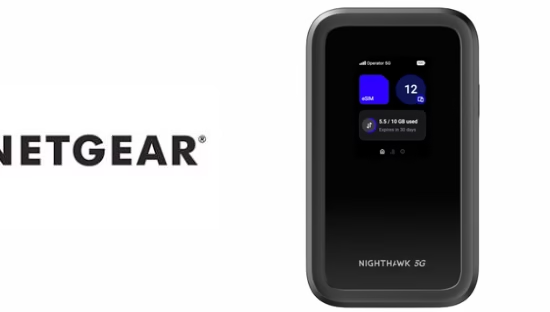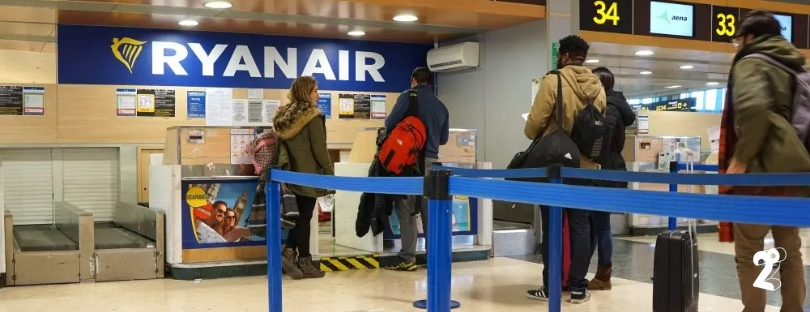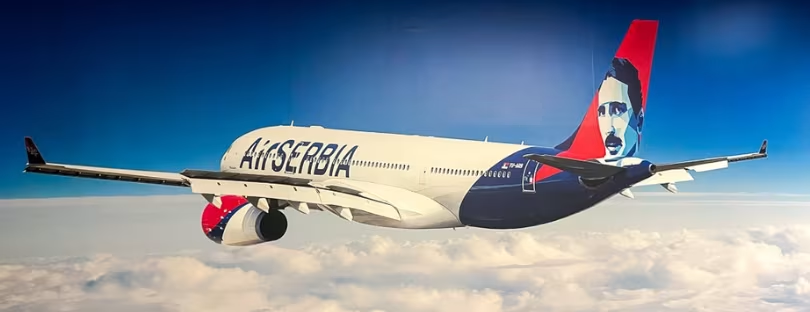
Airfare Prices Hold Steady Through 2026 — What Travelers Should Really Expect
After years of unpredictable airfare spikes, travellers finally have something that resembles good news: ticket prices are expected to hold steady through 2026. That’s the key takeaway from the newly released Air Monitor 2026 by American Express Global Business Travel (Amex GBT)—one of the industry’s most influential players when it comes to business travel data, aviation forecasting, and corporate travel strategy.
The report, which has become a yearly reference point for travel managers and aviation analysts, forecasts global fare trends while unpacking the economic and operational factors shaping airline pricing. And this year’s message is clear: don’t expect dramatic swings; expect more of the same.
Why Prices Are Finally Stabilizing
For travellers used to seeing fare charts that look more like stock-market volatility than transportation pricing, stability may actually feel unusual. But the reasoning behind it is surprisingly logical.
Amex GBT notes that business travel demand remains resilient, even as leisure demand normalizes. Companies are still sending staff to meet clients, close deals, visit suppliers, and attend events—and that consistent demand gives airlines confidence.
At the same time, airlines have limited room to push fares higher. After several years of fare inflation driven by supply constraints, post-pandemic recovery, and operational bottlenecks, the market has hit something close to its ceiling. Travellers have tolerated high prices, but not infinitely.
So, instead of aggressively increasing base fares, airlines are shifting their strategy entirely.
How Airlines Are Changing The Game
One of the biggest transformations in airline economics right now has nothing to do with tickets—it’s about revenue management evolution.
Carriers are moving further into:
Continuous pricing
Instead of fixed fare buckets (the old “Y, M, B” style economy classes), airlines are increasingly using dynamic pricing that adjusts in real time—sometimes by single-digit increments. This allows them to extract more value from each seat without visibly raising base fares.
Premiumization
Premium economy, upgraded business-class experiences, branded fares, priority services, and buy-on-board enhancements are becoming major revenue drivers. These “premium extras” often grow faster than base fares—and they’re less visible to price-comparison tools.
This combo keeps headline prices stable while giving airlines much more flexibility to grow revenue in the background. As Amex GBT’s VP Consulting Dan Beauchamp puts it, more products and pricing models mean more choice—but also more complexity for businesses trying to manage travel budgets.
The Pressures Airlines Still Face
Price stability doesn’t mean cost stability. Airlines are under heavy external pressure, and any of these could disrupt the status quo.
Geopolitical and economic uncertainty
Conflicts, sanctions, shifting flight corridors, and currency instability all affect fuel costs, insurance, crew allocation, and operational efficiency. The report highlights that volatility isn’t going away — airlines are simply choosing not to pass every new cost directly to passengers.
Supply chain constraints
Aircraft delays (especially from Boeing) and maintenance bottlenecks continue to limit growth. Airlines cannot simply add new capacity to reduce prices even if they wanted to.
Labour costs
Pilot unions and cabin crew contracts have led to significant wage increases, especially in Europe and North America. These negotiations add billions to airline balance sheets, pushing carriers to look for new revenue sources beyond fare hikes.
Fuel unpredictability
Oil has been relatively stable lately, but volatility can return quickly. Any major shock instantly affects airlines.
Given all these pressures, the fact that fares are expected to remain stable is impressive in itself.
So What Does This Mean for Travellers?
If you’re planning 2025–2026 travel, expect airlines to keep “sticker prices” steady but push harder on upsells. You’ll likely see:
- More branded fare families
- More paid seat selection tiers
- More premium economy rollouts
- More add-on bundles
- More dynamic pricing, even within the same cabin
In short, the base fare might stay flat, but the final price you pay will depend heavily on the choices you make during booking.
How This Compares With Other Industry Forecasts
The Amex GBT findings sit comfortably alongside what other major players are forecasting:
- IATA expects passenger demand to outpace capacity into 2026, but not dramatically enough to cause fare spikes.
- Cirium has been tracking slower fare inflation in Europe and Asia, with some markets even seeing slight dips where capacity has recovered faster.
- ForwardKeys notes that consumer price sensitivity has increased, particularly for long-haul travel, limiting airlines’ ability to raise fares further.
Together, these forecasts paint a consistent picture: we’re entering a phase of pricing stabilization but rising complexity.
Why This Matters for Businesses and Travel Managers
For corporate travel teams, the message isn’t “prices won’t change.” It’s “prices won’t change—but the structure will.”
More premium tiers, more micro-charges, and more dynamic pricing mean that travel managers will need to:
- Reassess supplier agreements
- Monitor fare families more closely
- Educate travellers on cost-effective choices
- Negotiate beyond fares (e.g., ancillaries, priority services, last-seat availability)
As Amex GBT emphasizes, value is no longer found in the fare—it’s found in everything around it.
Conclusion
Airfare stability is welcome, but it doesn’t mean the industry is slowing down; it simply means the battlefield has shifted. Instead of raising fares, airlines are competing through premium differentiation, dynamic pricing, and increasingly sophisticated revenue management—a trend also visible in the Lufthansa Group, Air France–KLM, Emirates, and even low-cost carriers like Ryanair, which now earns more from ancillaries than from tickets on certain routes. With forecasts aligned across Amex GBT, IATA, Cirium, and ForwardKeys, the industry is heading toward a more stable but more fragmented pricing ecosystem. For travellers, it’s a chance to plan with confidence. For businesses, it’s time to rethink how “value” is defined in corporate travel programs.











